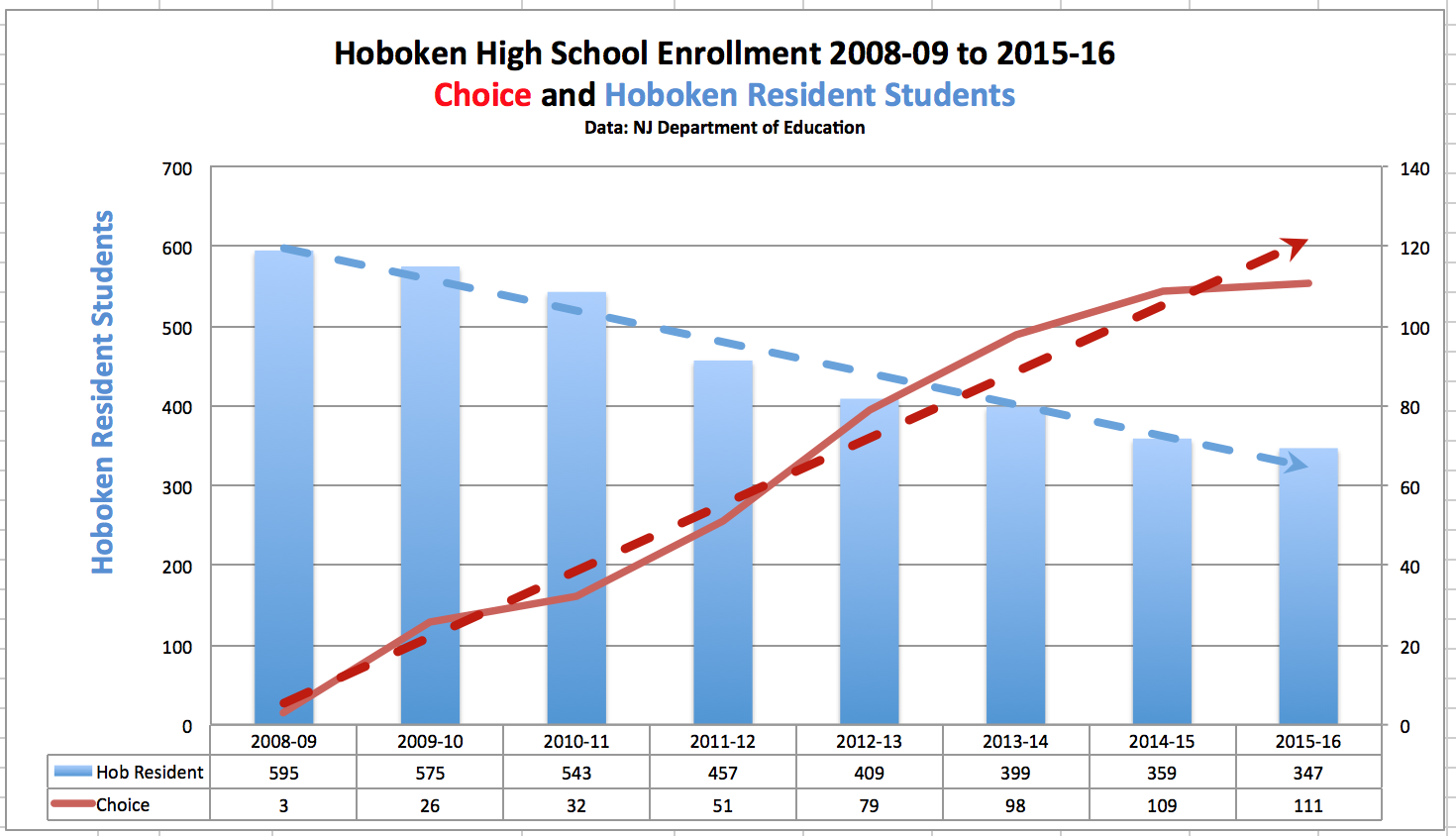

The FACES study is designed to enable researchers to answer a wide range of research questions that are crucial for aiding program managers and policymakers. FACES 2009 is the latest FACES cohort study and followed children from Head Start entry in fall 2009 through one or two years of program participation and to kindergarten.įor nearly a decade, the Office of Head Start, the Administration for Children and Families, other federal agencies, local programs, and the public have depended on FACES for valid and reliable national information on (1) the skills and abilities of Head Start children, (2) how Head Start children's skills and abilities compare with preschool children nationally, (3) Head Start children's readiness for and subsequent performance in kindergarten, and (4) the characteristics of the children's home and classroom environments.

FACES includes a battery of child assessments across multiple developmental domains (cognitive, social, emotional, and physical). Successive nationally representative samples of Head Start children, their families, classrooms, and programs provide descriptive information on the population of children and families served staff qualifications, credentials, and opinions Head Start classroom practices and quality measures and child and family outcomes. The Head Start Family and Child Experiences Survey (FACES) is a periodic, ongoing longitudinal study of program performance.


 0 kommentar(er)
0 kommentar(er)
